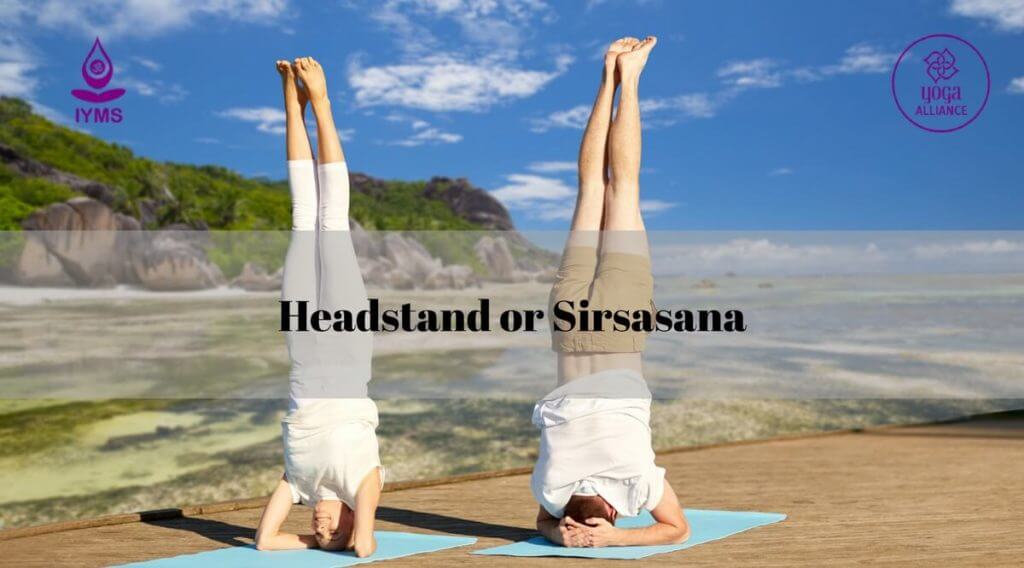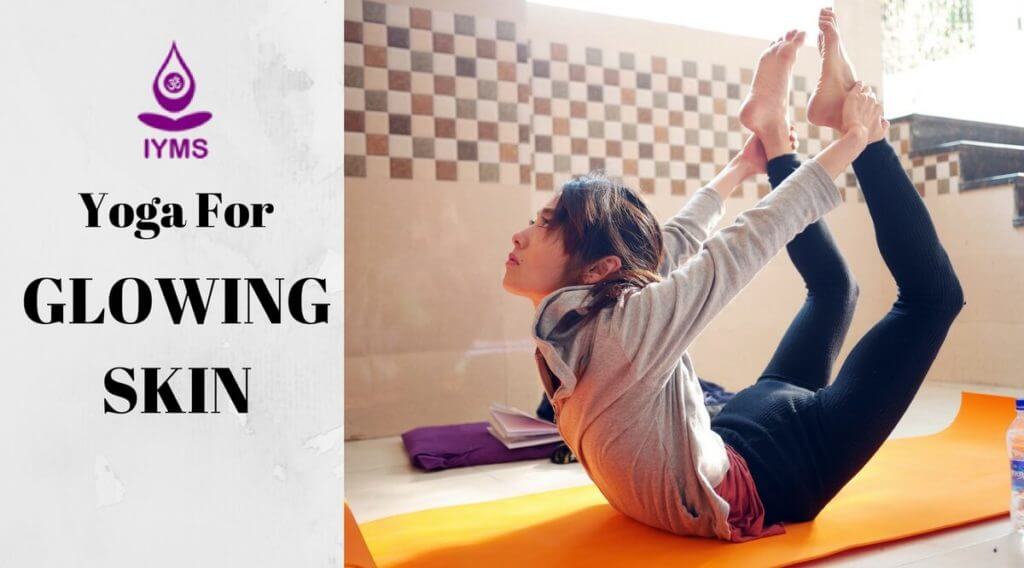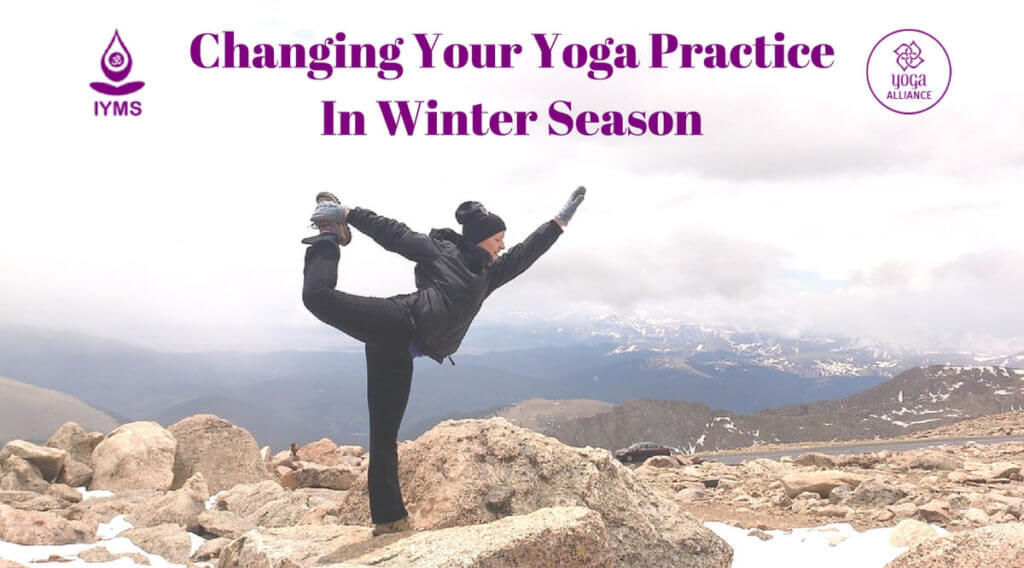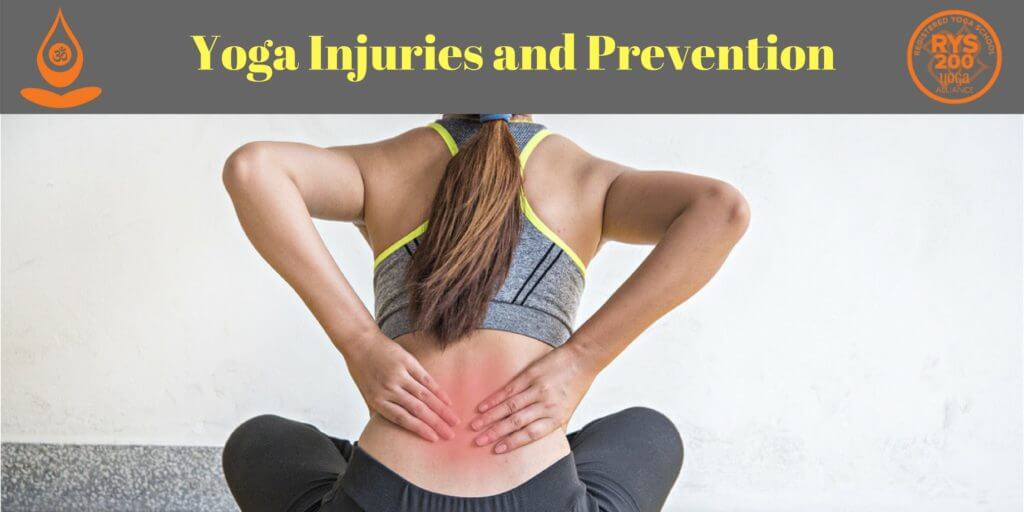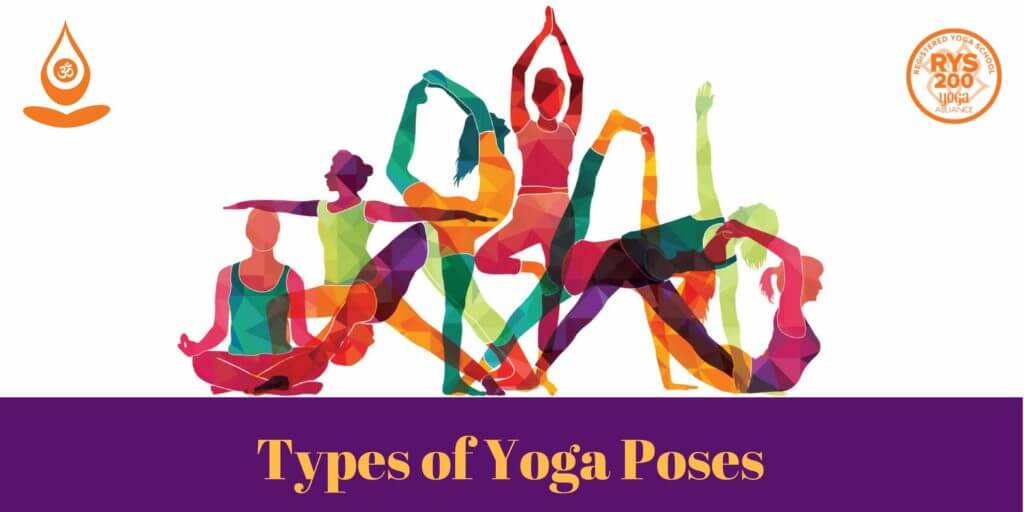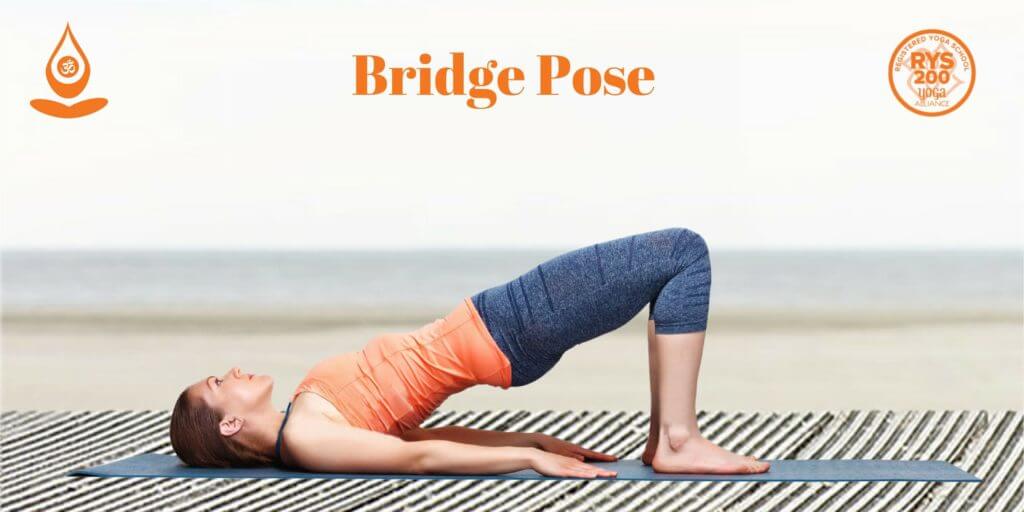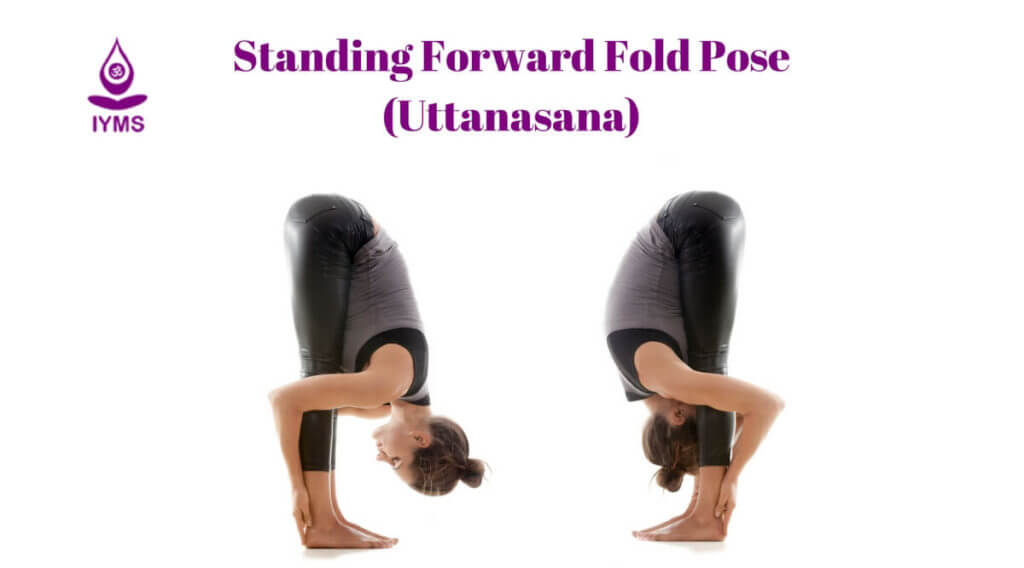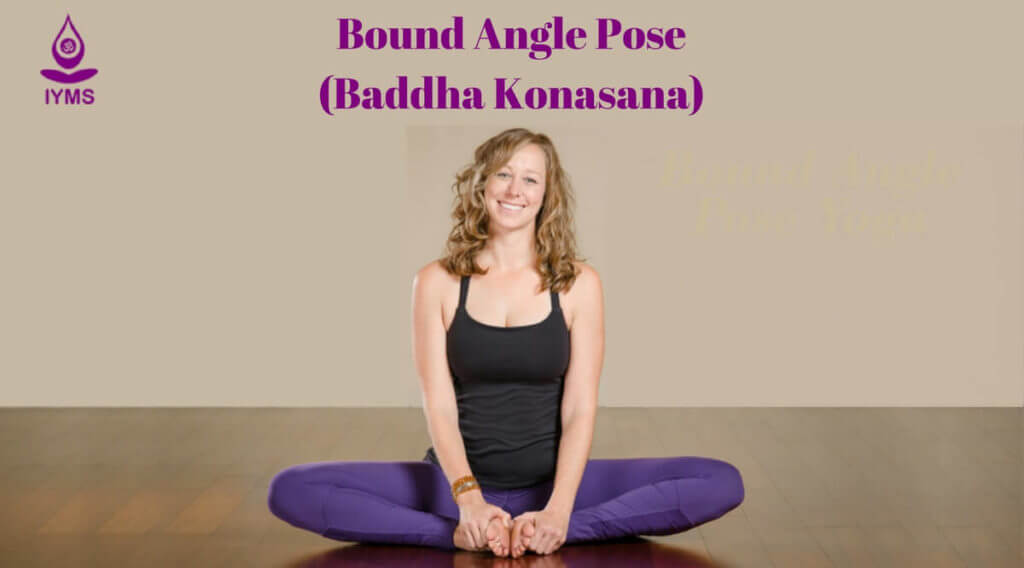Headstand or Sirsasana
Headstand, also known as Sirsasana in Sanskrit, is known as king of all yoga poses because of its complexity and the amount of benefits that it offers to your mind, soul, and body. You might think that doing this yoga pose is tough because it is an intimidating pose when compared to other poses. However, it’s not impossible to attain. With some regular practice and dedication, you can overcome all obstacles safely.
Yoga is all about feeling good and Sirsasana does just that. It is an invigorating and energizing asana, which has a great anti-gravity effect that improves your blood circulation, supports the efficient functioning of your internal organs, and empowers your Agni, or the digestive system.
Pose Information
Yoga Pose English Name: Headstand
Sanskrit Name: Sirsasana, Shirshasana or Sirshasana
Pose Level: Intermediate
Pose Type: Inversion
Strengthens: Arms, Lung, Vertebral column and Legs
Preparatory Poses
Dolphin Pose or Ardha Pincha Mayurasana
Standing Forward Bend or Uttanasana
Table Pose or Bharmanasana
Cat- Cow Pose or Marjaryasana-Bitilasana
Follow-up Poses
Downward Facing Dog Pose or Adho mukha śvānāsana
Child Pose or Balasana
How to Do Headstand?
Everyone wants to lead a healthy life and Sirsasana can give you what you are looking for. So, let’s have a look at how we can do the Headstand.
First start with preparatory poses. Doing these preparatory poses will help you warm up and do the headstand easily. These will make your arms, core, and spine strong so that you can easily support the weight of your body when you practice headstand.
Here are some simple headstand steps for getting into a headstand.
Step 1
Start by coming in table pose.
Step 2
Next, inhale and shift the weight of your upper body to your elbows. Ensure that your elbows are shoulder width apart. Now clasp your hands together by interlocking your fingers.
Step 3
Bring down your head to the mat, in between the palm of your hands, ensuring that it is pressed against the palms.
Step 4
Inhale and raise your knees and hips up, elongating the spine, and ensuring that your shoulder blades are kept away from your ears, even though they should be right under your shoulders.
Step 5
Once in position, crawl forward towards your arms such that your hips are stacked over your shoulders. Ensure that your back is not rounded.
Step 6
Stay rooted into your hands, shifting most of the weight onto your arms so that the pressure on your head is lighter.
Step 7
Once you know that your body is ready, lift one leg slowly while rooting the other to the ground. Ensure that the raised leg is straight and not turned in.
Step 8
Tighten your core and raise your other leg too.
Step 9
When both legs are up, join them together for balance. Remain in the pose for as long as you can while maintaining steady breathing.
Step 10
To release yourself from the pose, tighten your core and slowly lower one of your legs down till the toes touch the ground and once the balance is obtained lower the other leg too.
Step 11
Come back to the table pose and descend into child pose to relax.
Health Benefits of Headstand
Since ancient times, headstand has been known for its health benefits. It involves focused breathing, thus also providing enough oxygen to blood and organs. Some of the headstand benefits are as follows.
1. Increases Focus
As the pose is an inversion, it helps increasing blood flow to the brain, which in turn, improves the mental function and increases focus. Other than that, the pose helps in sharpening the mind.
2. Improves Eyesight
If you have bad eyesight or want to save your eyes from degeneration, then Sirsasana is the best pose for you. Doing the pose ensures that more oxygen and nutrients are supplied to the head, thus taking care of your vision in the process. It also helps in curing problems of hair fall, headaches, anxiety, and stress.
3. Improves Digestion
Going against the law of gravity to do the pose combined with focused breathing helps in building your core and improves digestion. The reversed flow of blood helps in releasing toxins from the body, any stuck gases, and improves the circulation of blood to digestive organs.
4. Treats Sexual Problems
Headstand helps you with libido problems. The inversion helps in unblocking anything that might act as a barrier in your reproductive organs. It can also help in delaying menopause, improving the menstruation cycle. In men it improves sperm deficiency, and other sexual problems.
5. Increases stamina
If you are always tired and low on stamina, then Sirsasana can work wonders for you. The posture increases blood circulation and works out muscles of arms, shoulders, and core body. Additionally, it also affects pituitary and pineal glands, which create energy in the human body.
Yoga Headstand Tips for Beginners
The headstand can be real challenging for beginners in yoga, and that is why they need to follow some tips. If you are a beginner, these are some things that you need to know.
As a beginner, you need to build your core and arm strength, without which your body would not be able to achieve balance in headstand. So, before you even think of starting the pose, prepare your body to be strong enough to withhold your body weight. You can try dolphin pose or plank pose to strengthen your arms and core.
Use the wall for support and correct the posture. Your yoga teacher will not expect you to get the pose correct at one go and they will advise you to take as much help as you can get.
The most important tip is to get over your fear of inversions. If you fear something, it will always be difficult to overcome. Practice meditation before you start, so that you can calm down and do it, keeping your fears aside.
Headstand Precautions
Being one of the most difficult poses in yoga, there are some precautions that you need to take while practicing Sirsasana. Some of the precautions are:
Do not incline your body towards any direction. Instead, keep it vertical so that you do not end up hurting your spine.
Practice this pose only after doing preparatory poses so that your body is all warmed up and your muscles are well flexed.
Do not practice the pose if you are suffering from high blood pressure, heart diseases, brain hemorrhage, or any brain illness.
This asana should not practiced during pregnancy or menstruation.
If you feel any intense palpitation, headaches, or dizziness after the practice, you should stop.
Do not practice the pose if you have back problems.
Headstand Modifications
You can modify your headstand practice with the help of props. Some of the props that you can use are as follows.
Blanket or Towel
Do you wonder "how to do a headstand without hurting your head?" You can use a blanket or towel, folded underneath where your head would rest so that you do not feel any pain on the crown. This will also provide better cushioning for your spine while doing the headstand.
Blocks
Place the blocks against the wall so that you can align your upper body to your lower body when doing the headstand. Alignment is the most important thing in headstand and using blocks will help you maintain it.
Headstand Variations
Most variations of the headstand are supposed to be done only by practitioners who have mastered the pose. Beginners should stick to the basics, else they might suffer injury. We recommend you to never try any new variation without the presence of a Guru.
Some of the variations in the headstand that you can try as an advanced level pose are as follows.
Conclusion
Headstand is truly a unique pose of yoga, having holistic positive effects. It’s just that the pose demands a lot of strength from your body, which after dedicated practice can be overcame.
Don’t try to overcome the pose as soon as possible, because yoga is all about patience and learning from your failures. Sirsasana being one of the most difficult poses surely demands a lot of these characteristics in a yogi, especially when you are trying headstand for beginners for the first few times.
So, keep practicing and do not give up, but also do not try to hurt or frustrate yourself. Keep calm and you will get there eventually.
